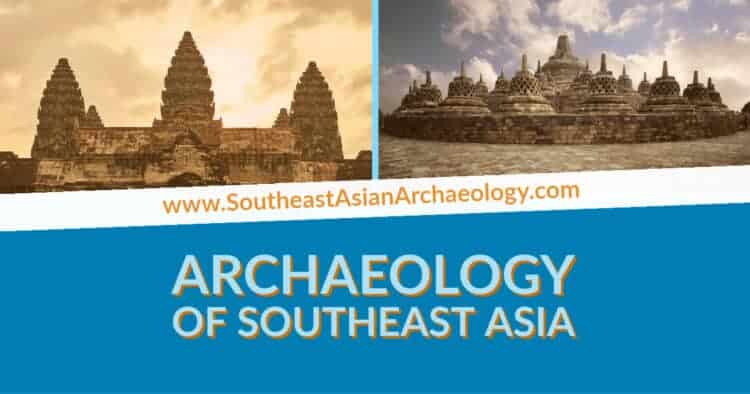Readers may be interested in this upcoming talk by Mr Ye Myat Lwin on Bagan and Arakan on 18 August 2021, part of the Archaeology and Art History programme convened by the Temasek History Research Centre. (Disclosure: I am a co-convener for this programme).
Bagan and Mrauk U were the most glorious cities of Myanmar and now the most attractive archaeological sites of the western part of Southeast Asia in 2nd millennium AD. Bagan is located in the heart of Myanmar. It has become the most popular archaeological site for tourism and pilgrimage in Myanmar with over 3,000 ancient Buddhist monuments built from the 11th to 13th centuries AD. Most monuments in Bagan are Buddhist temples and most of them are decorated with mural paintings inside and stucco carving outside. Earlier Buddhist iconography in Bagan is heavily influenced by Pala of Southeast India and it was gradually localised in later periods. Apart from the religious monuments, the rectangular walled city and its citadel also allow us to study medieval urban life. Mrauk U is the westernmost metropolitan city of early modern Southeast Asia, which survived between 15th and late 18th centuries AD before being invaded by Ava of central Burma. Mrauk U was a maritime trade city and used the silver coins which were inscribed with the title of the kings in Arakanese and Persian. It had strong relationships with the Mughals, Portugese and Dutch. It is known among archaeologists for its sophisticated water management system and urban architecture which can be compared with western cities such as Lisbon and Amsterdam. The temples, stupa and city were constructed in stone. This presentation will explore the different types of architectural remains and Buddhist iconography through the age in Bagan and introduce the archaeological evidence of trade, communities, landscape, religious and urban architecture of early modern Mrauk U.
Source: Webinar Registration – Zoom












![[Talk] The Ancient Town of Si Thep in Thailand: A Crossroads of Indianization](https://www.southeastasianarchaeology.com/wp-content/uploads/2024/07/the-ancient-town-of-si-thep-in-thailand-a-crossroads-of-indianization-502-120x86.jpg)













Who is the “I” in this ambiguous and incomplete message? Where is the sponsoring institution?
Sorry Louise, I take it for granted that people know I run this site. I am convening this programme on behalf of the Temasek History Research Centre (ISEAS) as part of their archaeology and art history programme.